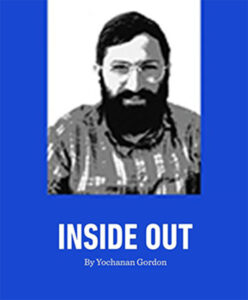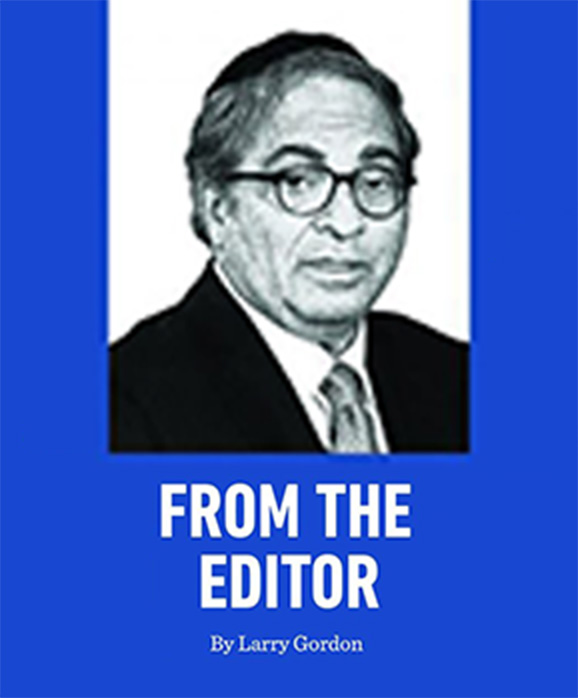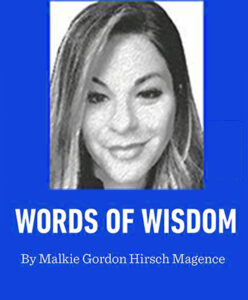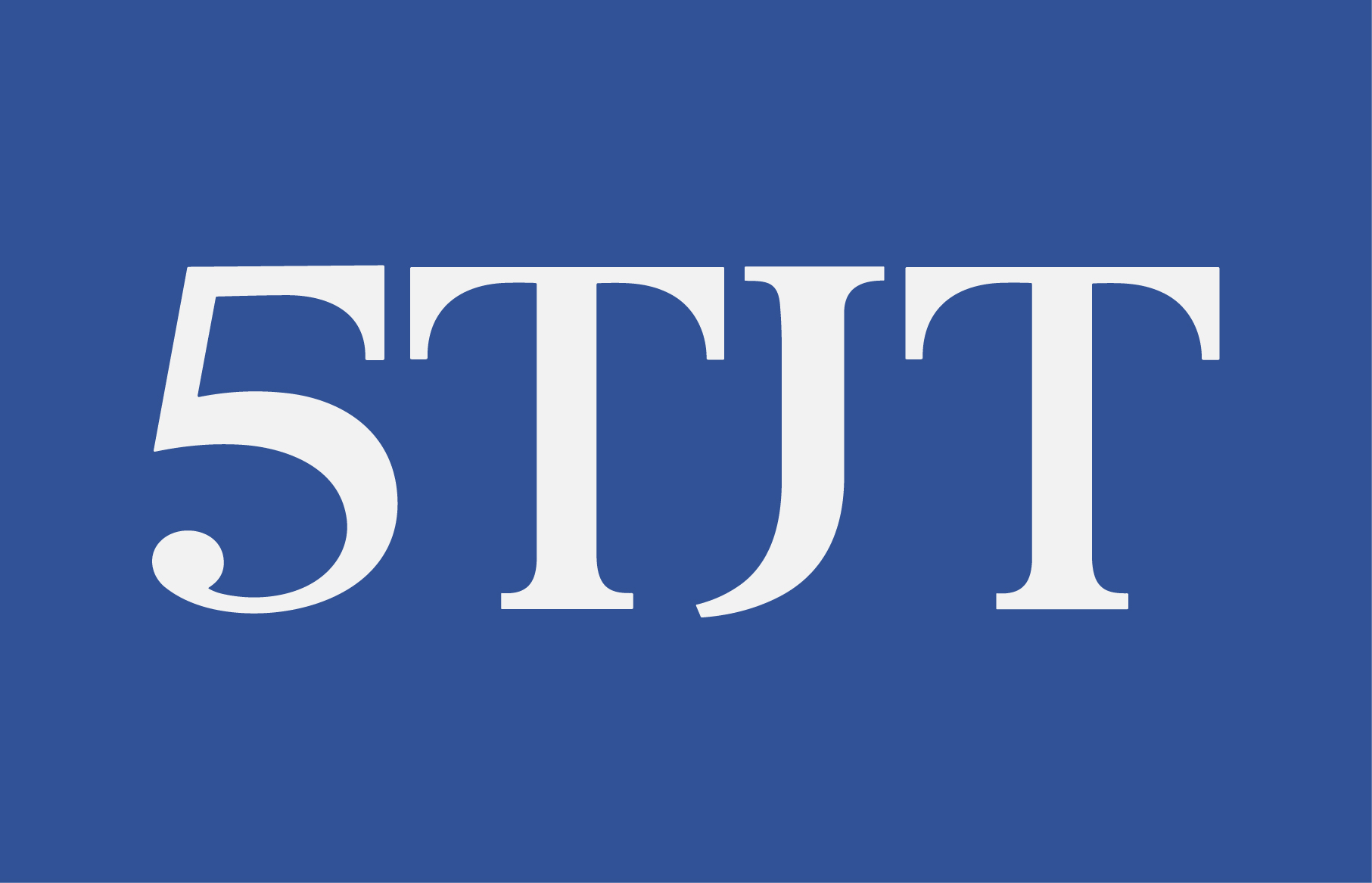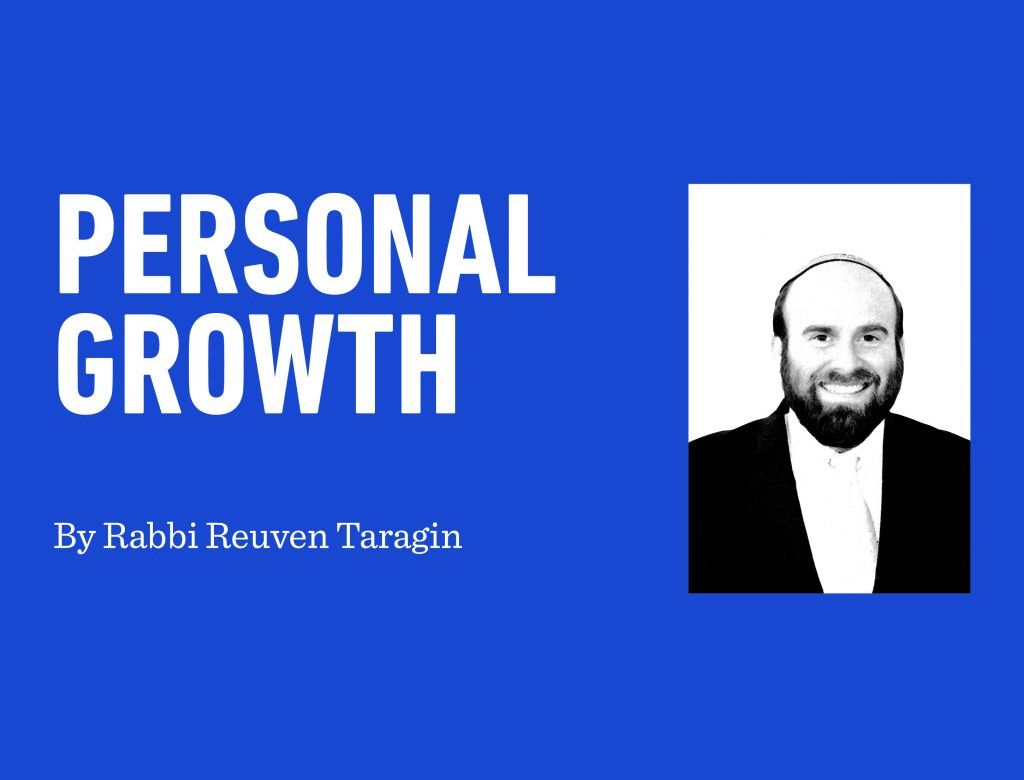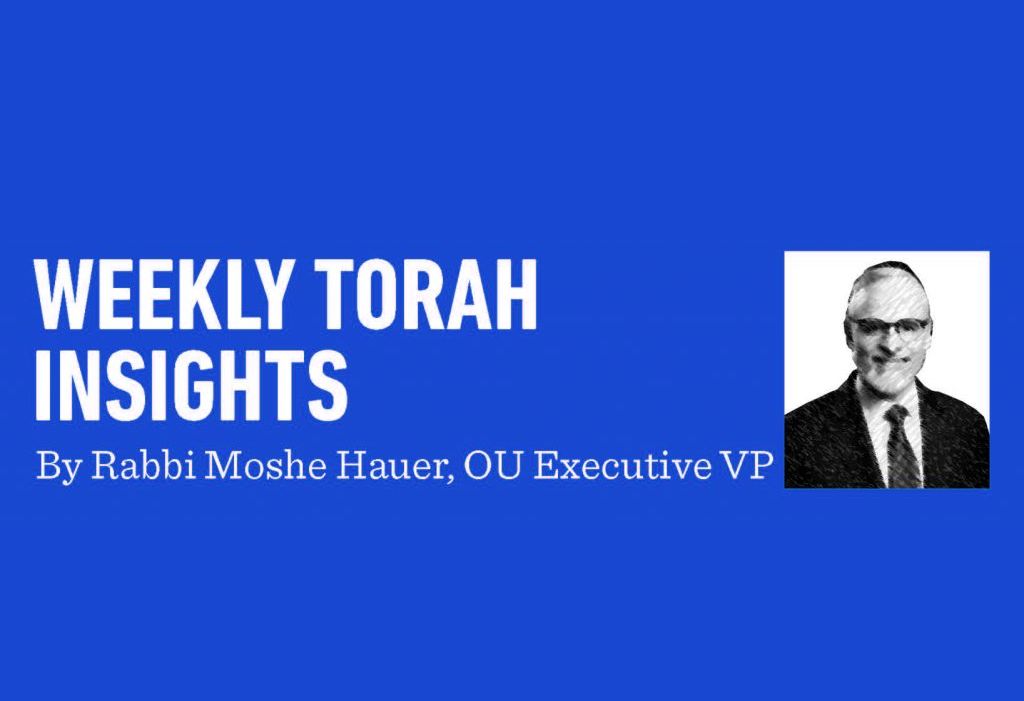Bnei Brak the Capital City of Torah in Israel
By Nison Gordon
Translated by P Samuels
Today’s Bnei Brak With Its Yeshivos And Kollelim
An Unforgettable Shabbos in Bnei Brak: Part II
Bnei Brak has a population of 60,000 and it is still under construction. New settlements as well as private dwellings are being erected. Bnei Brak also has quite a number of American Jews, both elderly and young. Someone told me about a young professor from MIT (Massachusetts Institute of Technology) who came to Bnei Brak for a few years to learn Torah…I myself met an American family, a young couple with six small children, who sold their house in Monsey, near Spring Valley, and built a house in Bnei Brak.
The head of that family, a young man in his forties, was a successful businessman in New York. Today he is a successful businessman in Bnei Brak. So far, they still speak English to their children, and the young parents speak English among themselves, yet they feel more heimish in Bnei Brak than in Monsey.
“How is Bnei Brak different, than, say New Square near Spring Valley?” I asked the American young man who was ordained by Yeshiva Chaim Berlin and a student of its great rosh yeshiva, Rabbi Hutner.
“What are you talking about? There we are guests. Here we are at home,” was his answer, accompanied with the argument that American Jews should not think that New York is far from the front. If bombs should fly, chas v’sholom, Tel Aviv is more secure than New York.
Bnei Brak is not just a city with religious Jews, it is a religious city. The mayor of Bnei Brak is Reb Reuven Aronowitz, a member of Poalei Agudath Yisroel, and the vice mayor is Reb Shimon Siroka of Tzeirei Agudas Yisroel. At the time of my visit to Bnei Brak, the mayor was out of town, like many other mayors of Israeli cities, at an international mayors’ conference in Switzerland. There was actually a popular joke circulating, quoting the well-known journalist Shmuel Avigdor, editor in chief of the Ponim al Ponimpublication, that the only mayor who did not travel to Geneva is “Reb Mayer Baal Haneis.”
Bnei Brak has its own corner of the beach of Tel Aviv, in Tel Boruch, where there is separate swimming. During the summer heat, the bus to Tel Boruch is exceptionally crowded, as is the narrow strip of sand that was given to the religious Jews in Bnei Brak to cool off a bit.
A writer in the orthodox Hamodia claims, sarcastically, that Tel Aviv claims that it is not its fault that the bus to Tel Boruch is so crowded. The long beards and peyos of the Jews of Bnei Brak take up too much room on the bus…. The writer, (D. Einer) had to admit that Tel Aviv is right. There’s a great demand for beards and peyosin Bnei Brak.
Bnei Brak has Jews of all stripes: stubborn misnagidim, fervent chasidim, and also plain religious Jews who are neither stubborn nor fervent.
On Friday morning, at the first Shacharis in Bnei Brak, in the Poalei Agudas Yisroel shul on Rabbi Dessler Street, a young lad in Chasidic garb came in, and he began rattling the coins in his hand, asking everyone to contribute to a worthy cause.
For me personally, the rounds made by young yeshiva students made me feel a bit like at home, because in the neighborhood where I live, in Brooklyn, every Monday and Thursday morning tens of Satmar Yeshiva students rattle their coins while collecting for a special wedding fund that helps yeshiva students who are getting married. They rattle their coins a bit too much and they do not pay attention if someone is in the middle of Krias Shema or Shemonah Esrei, but it’s worth the dollar or so that they collect, to see that there are still yeshiva students in America who dress like their fathers and grandfathers in Hungary.
But in the shul in Bnei Brak there was also a tourist who did not like the rattling of the yeshiva student’s coins during davening, and he asked him, angrily, which yeshiva he attends. When he answered that he belongs to Satmar, the tourist said, angrily, “You are also here?”
“Nu! Don’t ask what talking to the tourist got from an elderly Jew with a trimmed beard, who related that he is in the country forty years. Since when do you have to ask someone soliciting charity to produce his passport?” He then added, angrily, “if you have nine people in a shul, and a tenth man comes in to complete the minyan, do you ask him where he’s from, if he’s from Kovno or from Satmar?” “This is one of the curses left us by Hitler, yemach shmo, to divide Jews by class: Hungarian, Lithuanians, Galicianer, and so forth. We are all Jews. Period! Do you think the youth who came after the war made our country? We made our country forty years ago!
The Bnei Brak resident put on his tallis and tefillin and another young man, similar to the first one, came in and began rattling his small change. This time, the tourist did not ask any questions, but he did hand him a coin.
Bnei Brak has “shikunim” (developments) founded by Mizrachi, Agudas Yisroel, and Poalei Agudas Yisroel and it is also home to Shikun Viznitz, which was built by Reb Chaim Meir Hager, who was not home that Shabbos. The Rebbe lives on Ahavas Sholom Street, and not far from the Rebbe’s house, there is a villa surrounded by greens. This is the home of a wealthy Viznitze chossid, a diamond dealer, Reb Meyer Rosenberg, whose name is displayed prominently on a row of buildings in Shikun Viznitz. Reb Meyer Rosenberg, like other rich Israeli Jews, was also on vacation in Switzerland.
The type of people you see in Shikun Viznitz you won’t even see in Williamsburg. Shabbos afternoon, the shul was as packed for Minchah, as an American shul is for Kol Nidrei and outside there was the buzzing of small children like in a beehive.
Downhill from Shikun Viznitz there’s the Shikun Agudas Yisroel, and there, too, the new shul is packed with Jews preparing to join the shalosh seudos tish.
The Haggadah recounts the story of the great rabbi of Bnei Brak, Rabbi Akiva and his colleagues, who sat the entire Seder night in Bnei Brak and spoke about the miracles that occurred during yetzias Mitzrayim, until their students came to tell them that it is morning.
Today in Bnei Brak there is also a declaration that morning has arrived, that a new day has dawned with a new generation of Torah scholars, who are determined that the Jewish homeland should also be the homeland of the Torah.
Old and New in Israel is R’ Nison Gordon’s description of a visit to the Holy Land from Friday 27th of Tamuz 5723 (July 19, 1963) until Tuesday, 17th of Av (August 6).
